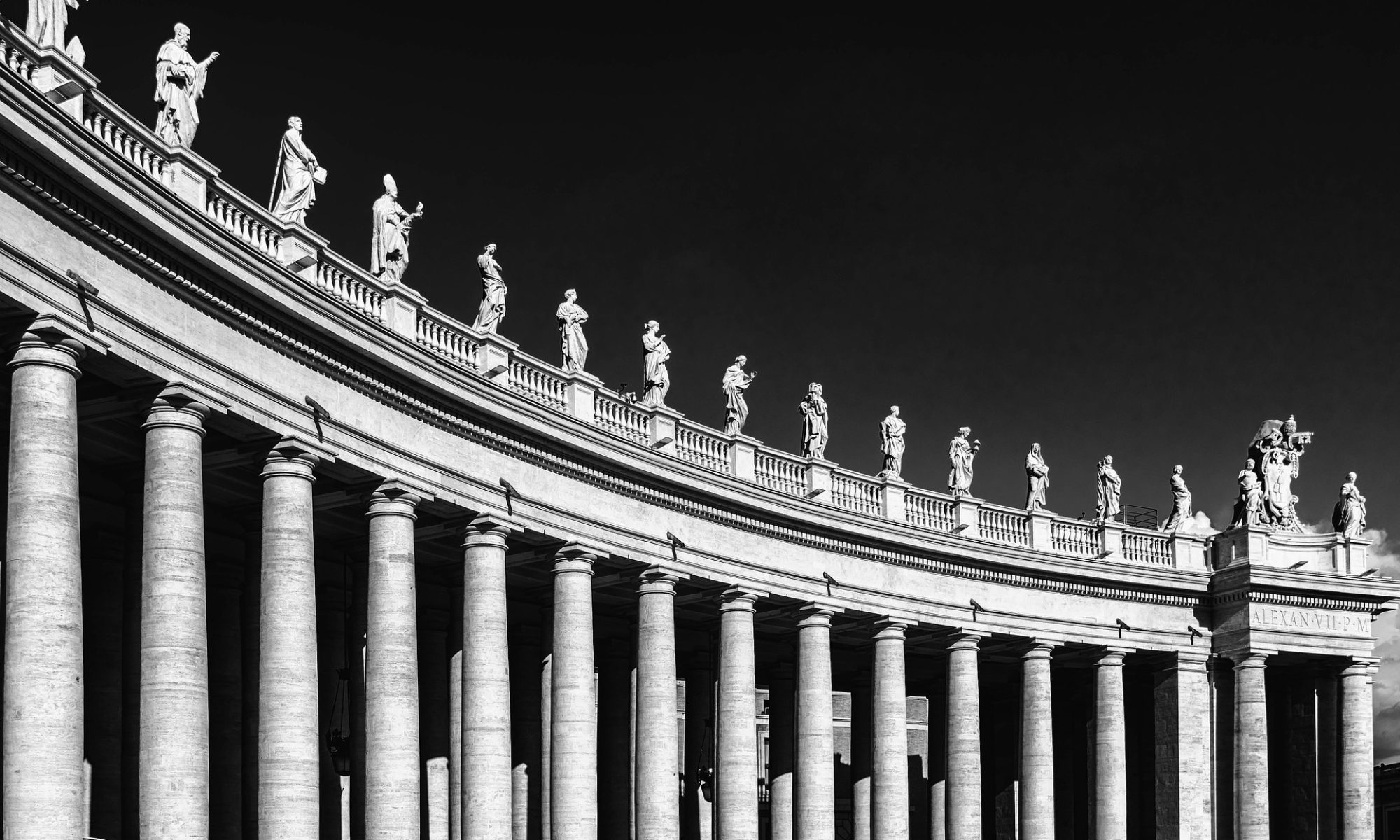October 3rd, 2013
Secular people and media are praising Pope Francis for being open to “dialogue” with the modern world in a way that is personally engaging and fresh in style. On his side, the Pope is taking more and more pleasure in entertaining editors, journalists and opinion makers with interviews, personal meetings, and direct phone calls. The last instance of such papal strategy for communication is a long interview that was published on 1st October by the Italian daily newspaper La Repubblica with its former editor Eugenio Scalfari, an outspoken atheist. The interview follows an exchange of letters and a personal meeting between the two men.
What seems to emerge from all these pieces is a specific apologetic strategy by Francis. Here are three steps that form the apologetic backbone of what the Pope said in the course of the conversation and few biblical remarks about them.
First Step: Disparaging Proselytism to Avoid the Hard Question about Conversion
At the beginning of the conversation, Scalfari says:“My friends think you want to convert me” and here is how Francis replies: “Proselytism is solemn nonsense, it makes no sense. We need to get to know each other, listen to each other and improve our knowledge of the world around us. Sometimes after a meeting I want to arrange another one because new ideas are born and I discover new needs. This is important: to get to know people, listen, expand the circle of ideas”.
As it is well known, proselytism is a “bad” word and has an even worse press. It is associated with fanaticism, unethical methods, and religious extremism. The Pope wants to reaffirm the negative understanding of it and in so doing he wants to build a bridge with his secular interlocutor who has a terrible opinion of it. Notice though that Scalfari had not asked his opinion on proselytism. He wanted to know if the Pope desired his conversion. Instead of answering, Francis speaks of proselytism knowing that Scalfari agrees with him. Is it ethical for a Christian not to give an answer about his conversion? Is not conversion a biblical word? Is not conversion the goal that should inspire all Christian mission? Moreover, Francis’ description of what it means for a Christian to engage in dialogue is a biblically flawed account. He speaks of “knowing, listening, expanding the circle of ideas”, but what about telling, witnessing, preaching, proclaiming the Good News? In Athens, the apostle Paul did the former but also the latter (Acts 17:16ff). Why does Francis affirm the former and omit the latter?
Second Step: Offering a “Lovely” Summary of the Gospel to Soften the Secular Prejudices
In the course of the conversation the Pope provides a summary of the gospel that suits the expectations of the secular intellectual. Here it is: “The Son of God became incarnate in the souls of men to instill the feeling of brotherhood. All are brothers and all children of God”. A little later he says: “Agape, the love of each one of us for the other, from the closest to the furthest, is in fact the only way that Jesus has given us to find the way of salvation and of the Beatitudes”.
Strangely enough, this language is very similar to the old liberal account of the gospel: a God of love wishing the brotherhood of all men. According to theological liberalism, this is the “essence” of Christianity. But, biblically speaking, it is not. In this summary there is no reference to justice, sin, judgment, atonement, death and resurrection, conversion, … not surprisingly words that are unpalatable to the secular mind. Is not the summary offered by the Pope at best a seriously truncated gospel, at worst another gospel? Is pleasing the dialogue partner and matching his expectations the primary task of apologetics?
Third Step: Reinforcing the Role of the Individual Conscience to Eschew Confrontation
At another point, Scalfari asks: “Is there is a single vision of the Good? And who decides what it is?” Here is Francis’ reply: “Each of us has a vision of good and of evil. We have to encourage people to move towards what they think is Good”. Scalfari: “You wrote that in your letter to me. The conscience is autonomous, you said, and everyone must obey his conscience. I think that’s one of the most courageous steps taken by a Pope”. Francis: “And I repeat it here. Everyone has his own idea of good and evil and must choose to follow the good and fight evil as he conceives them”.
The Pope agrees that “the conscience is autonomous” and following its indications is one’s own task. No reference, however, to the lies that subjugate the conscience and to sin that mars it. No reference to the guilty conscience or the misguided one that needs the power of the Gospel to free it from bondage.
Later on, Scalfari asks: “Do you feel touched by grace?” Francis: “No one can know that. Grace is not part of consciousness, it is the amount of light in our souls, not knowledge nor reason. Even you, without knowing it, could be touched by grace”. Scalfari: “Without faith? A non-believer?” Francis: “Grace regards the soul”.
Is grace really an experience beyond knowledge, reason and even faith? Are all men, for their being men, already graced even without knowing it and without believing in the biblical God? To this question the Bible would say “no” (e.g. Ephesians 2:1-10).
The dialogue was politically correct and the outcome of the conversation was the following: the secular thinker is no longer nervous about his need to be converted. He is also confirmed in the idea that the gospel is about love and human brotherhood. He is also reinforced in his conviction that his conscience is what really matters. Unfortunately, the Pope seems to agree on all three points. Is this good apologetics?
